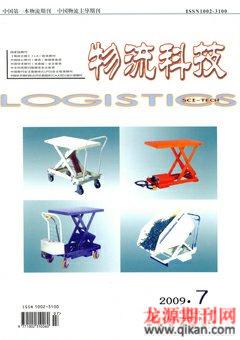基于成本差异的物流服务提供商动态博弈分析
董 岗
摘要:文章通过建立存在成本差异的Hotelling模型,结合效用和反应函数对两厂商的定价选址策略进行分析,研究表明处于成本劣势的厂商一般会选择最小差异化的策略,而拥有成本优势的厂商则会在最小差异化和最大差异化原则之间进行权衡取舍,目的都是为了实现利润最大化或损失最小化。
关键词:成本差异;Hotelling模型;动态博弈;反应函数
中图分类号:F224 文献标识码:A
Abstract: Through establishment Hotelling model under existence of cost differences, combining with the utility function and response function, the paper analyses pricing and situation selection strategy of the two entrepreneurs, research shows that: the entrepreneur of cost disadvantage always chooses the smallest difference of strategy, while the entrepreneur of cost advantage will make trade-off between the largest and the smallest differences principle, in order to maximize their profits or minimize losses.
Key words: cost difference; Hotelling model; dynamic game; reaction function
0引言
自从1929年Hotelling提出了著名的Hotelling模型[1]之后,其经常被用于竞争企业在市场中的选址、定价分析。Hotelling模型(1929)通过一次成本函数研究两个厂商的价格竞争问题;Aspremont and Gabszewicz(1979)[2]指出了Hotelling的缺陷,构建二次成本函数求出Hotelling模型均衡解存在的条件;Economides(1986)[3]构建幂成本函数Hotelling模型,研究了价格均衡的存在条件;Gabszewicz and Thisse(1986)[4],Anderson(1988)[5]构建一次与二次之和的成本函数Hotelling模型得出不存在价格均衡的结论。本文研究了两厂商存在成本差异、尤其是在成本差异显著的情况下,具有成本优势的厂商是直接进行价格战、还是采取最大差异化策略将对方挤出市场,从而实现利润最大化,通过构建相应的Hotelling模型,分析了厂商采取最优策略的条件以及在动态非合作博弈情况下的市场均衡价格和厂商均衡利润。

